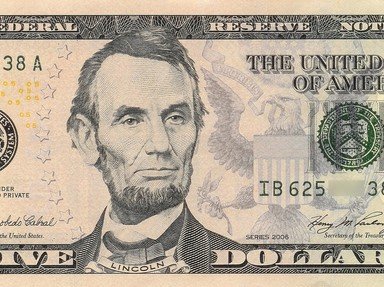Quiz Answer Key and Fun Facts
1. By 1859, this word had taken the place of "master" in such phrases as "master carpenter" in America. Also, "the blacks often employ it in addressing white men in the Northern States." As a verb, it meant "To rule over; to direct." What was it?
2. What did the "peculiar institution" refer to, in 1859?
3. In 1859, what did you call a politician who could be talked into supporting most anything, with a bit of threatening or promising?
4. What nationality did the slang term "Cunnuck" refer to, in 1859?
5. What was the main ingredient in johnny cake, hoe cake, and hasty pudding?
6. What was a slang word used by blacks to label whites in general, not necessarily in a complimentary way?
7. What slang term was used for some poor southern whites who practiced geophagia?
8. What negative term was used for politicians who were "advocates of extreme Southern views" circa 1859?
9. What sort of religious views did "come-outers" profess to hold in 1859? They were mostly in New England and some other northern states.
10. What would one say a voter was doing in 1859, if he refused to take a side until he saw which way things might go?
Source: Author
littlepup
This quiz was reviewed by FunTrivia editor
looney_tunes before going online.
Any errors found in FunTrivia content are routinely corrected through our feedback system.

